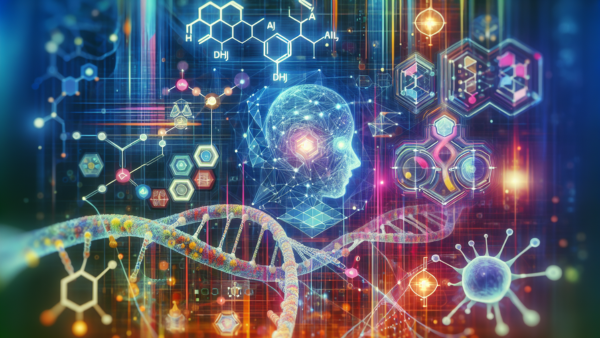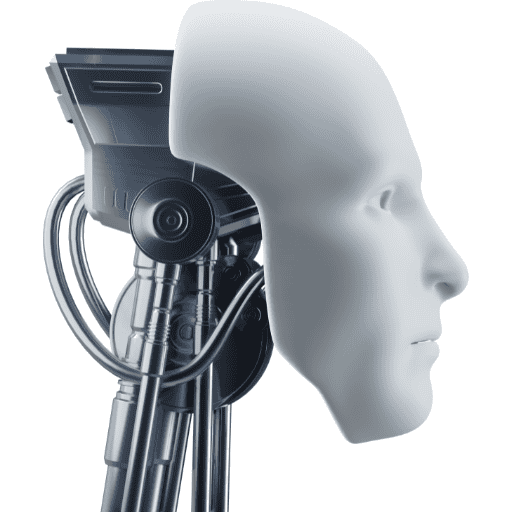AI-Powered Drug Repurposing for Rare Diseases

Imagine feeling sick but no one knows exactly what’s wrong, and there’s no medicine to make you better. For about 300 million people around the world suffering from rare diseases, this is a daily reality.
Rare diseases are medical conditions that affect a small number of people, and because so few people have them, there isn’t always a lot of research or new treatments available. But a new AI model called TxGNN might change all that!
What Is TxGNN and How Does It Work?
TxGNN is a smart computer program designed to help find new ways to use medicines we already have. It’s like a super detective that looks at what we already know about approved drugs and figures out if they could be used to help people with rare diseases. This is called drug repurposing.
Normally, making a new drug from scratch can take years and costs tons of money. But with drug repurposing, scientists can save time and money because they’re working with medicines we already know are safe.
Why Is TxGNN Special?
You might wonder what makes TxGNN better than other AI models. For starters, it’s really good at thinking like a human doctor. This means it can look at different diseases, notice common patterns, and make smart guesses about how a drug that works for one disease might help another. It’s like having a super brain that remembers everything any doctor has ever learned!
TxGNN is also very transparent. This means it explains why it thinks a certain drug will work for a specific disease, helping doctors trust its suggestions more easily. It’s not just making wild guesses; it has solid reasons for its decisions.
The Benefits of Using TxGNN
The advantages of TxGNN are huge:
- Faster Discoveries: Since it repurposes drugs that are already approved, it speeds up the process of finding new treatments.
- Less Expensive: It’s cheaper to use existing drugs than to develop new ones from scratch.
- Safety: These drugs are already known to be safe for people, so there’s less risk.
Marinka Zitnik, the lead researcher, explained it well: “With this tool, we aim to identify new therapies across the disease spectrum, but when it comes to rare, ultra-rare, and neglected conditions, we foresee this model could help close, or at least narrow, a gap that creates serious health disparities.”
Real-World Impact
This model doesn’t just sound cool; it could actually change lives. Rare diseases don’t get a lot of attention because they affect fewer people, but that doesn’t mean they’re any less important. By making it easier to find treatments for these diseases, TxGNN could help millions of people live healthier, happier lives.
What’s Next?
Of course, creating such an amazing tool is just the first step. Scientists will need to do more research to confirm that TxGNN’s findings are correct. They’ll also need to figure out the best doses and delivery methods for these repurposed drugs. Once that’s done, the next step is to collaborate with organizations that focus on rare diseases to make these treatments available to patients.
In Summary
TxGNN is a groundbreaking AI model that could revolutionize the way we treat rare diseases. By repurposing existing drugs, it offers a faster, cheaper, and safer alternative to traditional drug development. Its ability to reason like a human doctor and explain its decisions sets it apart from other AI models, making it a promising new tool in the fight against rare diseases.
As Marinka Zitnik put it, “This is precisely where we see the promise of AI in reducing the global disease burden, in finding new uses for existing drugs, which is also a faster and more cost-effective way to develop therapies than designing new drugs from scratch.”
With further research and collaboration, TxGNN has the potential to drastically improve the lives of millions of people suffering from rare diseases. Exciting times are ahead in the world of medical science!
